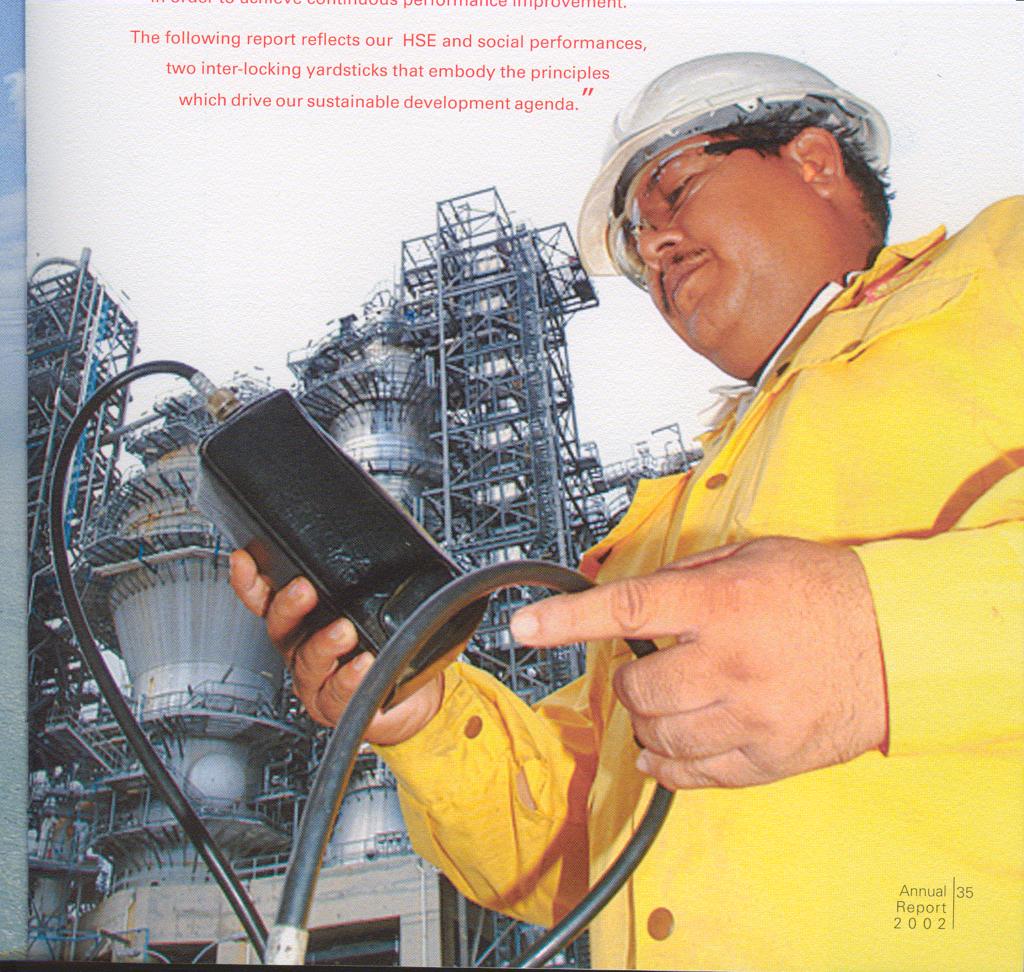
These article had been copied to my blog. It was written by TAMMY DE CASTRO Bulatlat.His site hyperlink can be found at the end of this article. I'm learning on how to make nira kelapa so this article is a big help to me.
Coconut vinegar-making in SorsogonVinegar You Can Almost Drink
Tuba, a local alcoholic drink made from the sap of a coconut tree, turns sour after two or three days. After eight to 12 weeks of fermentation, tuba becomes pure and natural organic vinegar.
BY TAMMY DE CASTROBulatlat
FIRST STEP: Tuba gatherer extracts sap from the spadix – the first step in tuba processing
If only we can drink the fresh tuba before it becomes vinegar.
Tuba, or the sweet, freshly-gathered coconut sap was a popular alcoholic beverage in the Philippines in the early 50’s. However, it never reached the level of large-scale, commercial production. Now, tuba is getting a boost with the production of organic coconut vinegar.
Sorsogon Foods Enterprises, owned by Erlinda Corsiga, makes “Lola Conching’s” Coco Nectar, Organic Vinegars. The first step in making coconut vinegar is the collection of tuba.
Tuba turns sours after two or three days. After eight to 12 weeks of fermentation, tuba becomes pure and natural organic vinegar.
Hurry now, and drink your vinegar before it turns sour.
Here are the steps to show how vinegar is produced and processed in Corsiga’s coconut farm in Brgy. San Rafael, Bulan, Sorsogon.
Tuba, or coconut sap is extracted from a spadix, or the tender, unopened part of a coconut floral branch. The tuba gatherer has to climb up a coconut tree, wrap abaca or rattan strip along the length of the selected branch.
The wrapped branch is then tapped with a hardwood mallet so as to carefully bruise and rapture the tender tissues of the floral branch, which is then gradually bent downward. The tip is tied down with abaca string to a nearby leaf branch.
The bending procedure is repeated daily for one to two weeks until the floral branch droops. When the branch is drooping halfway down, the tip is cut open with a sharp knife.
After three days, sap starts dripping from the branch, and is collected in a bamboo segment or plastic container fastened to the branch. The daily slicing of the tip of the branch allows the sap to flow continuously.
The mouth of the bamboo or plastic receptacle is covered with a piece of fibrous net of light brown stalks locally called “guinit”. This keeps out the rainwater, insects, mice and lizards.
The tuba gatherer transfers the sap collected in the bamboo segment to a longer bamboo segment which hangs from his back as he climbs up and down the trees.
The collected tuba is filtered through a sieve of abaca fiber into a five-gallon plastic jerry container.
Fermentation process:
The tuba is poured into a fermentation vessel where it becomes vinegar after a couple of weeks or months when it reaches its natural acidity level.
The fermented tuba is then filtered and pasteurized -- heated for 15 minutes -- and then poured into sterilized bottles and sealed. Organic vinegar is chemical free. It has no additive dye, flavoring, artificial colorings and preservatives.
BACK TO TOP ■ PRINTER-FRIENDLY VERSION ■ COMMENT
http://www.bulatlat.com/news/6-8/6-8-vinegar.htm
© 2006 Bulatlat ■ Alipato Publications
Permission is granted to reprint or redistribute this article, provided its author/s and Bulatlat are properly credited and notified.

No comments:
Post a Comment